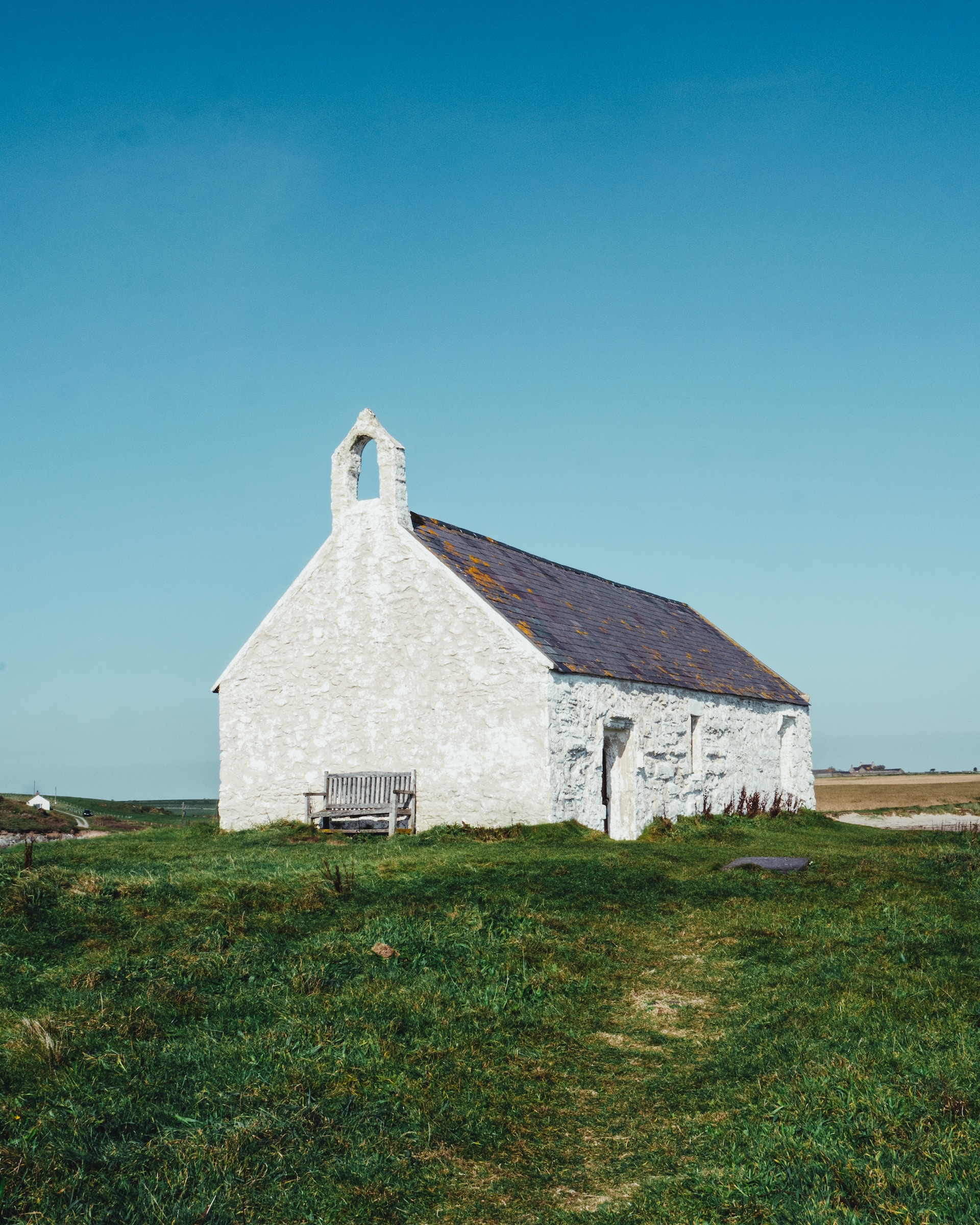Providing a safe refuge for small mammals is a significant step towards preserving biodiversity in North America. Each species plays a distinct role in maintaining the balance of our ecosystems, making them indispensable. One way to support their survival is by creating natural shelters. Here are ten tips to help accomplish this.
Building Brush Piles
A brush pile is made by stacking branches, twigs, and leaves together in your backyard or a corner in your landscape. This heap of organic material replicates a natural forest floor, providing a refuge for various species. According to wildlife data shared on this site, small mammals like chipmunks, rabbits, and squirrels often seek shelter in these piles, making them an essential aspect of habitat creation.
Constructing Rock Piles
Similar to brush piles, rock piles also serve as an effective shelter for many small mammals. Arranging rocks of various sizes helps mimic natural crevices found in the wild, providing insulated hideouts. It’s essential to keep the piles stable and secure to prevent any accidental collapses, which could endanger the critters using them as a home.
Tree Stump Homes
The naturally hollow areas in tree stumps are a sanctuary for a multitude of small mammals. So instead of pulling out old tree stumps, consider leaving them in place as they provide safe havens for species such as rabbits and squirrels. These makeshift homes maintain the feel of their natural habitat, providing comfort and security.
Log Piles
You can also create a haven for small mammals by simply putting together a few logs. These log piles can be made by stacking timber logs in a crisscross pattern or bundling dead branches together. They offer protection, warmth and a natural feeding ground for many species, similar to their wild environments.
Nest Boxes
Nest boxes are just like cozy little lodges for small mammals. According to this resource, placing them in the right spot – typically in a quiet, shaded area, away from prevailing winds, is crucial. These boxes mimic natural hollows in trees popular with mammals such as the Eastern Gray Squirrel.
Planting Dense Shrubs
Planting dense shrubs not only enhances your landscape’s beauty, but they act as a crucial refuge for many small mammals. These bushy plants offer substantial cover from predators and extreme weather conditions. They also provide food resources like berries and insects, offering a nurturing environment for these little creatures.
Hollow Tree Homes
Busted and hollow tree logs are an optimum nesting place for small mammals. According to this source, natural tree cavities are critical for the survival of many species. So, the next time you see a fallen log, think twice before removing it – you might be doing a disservice to your local wildlife.
Ground Dens
Ground dens, burrows dug under the earth, offer safe housing for many small mammals. If you spot a den in your area, take care not to disturb it, as it is likely to be a home for critters like hedgehogs, burrowing rodents, or weasels. You can support these species by keeping their habitat safe and undisturbed.
Final Recap
Building shelters encompasses various natural features found in the wilderness – be it a pile of twigs, a mound of rocks, or a small hollow in a tree trunk. By recreating these elements in our own landscapes, we can provide small mammals with suitable shelters, contributing to their survival and the overall wellbeing of our ecosystems. Remember, each step counts, and your initiative can make a significant difference in a small mammal’s life.

